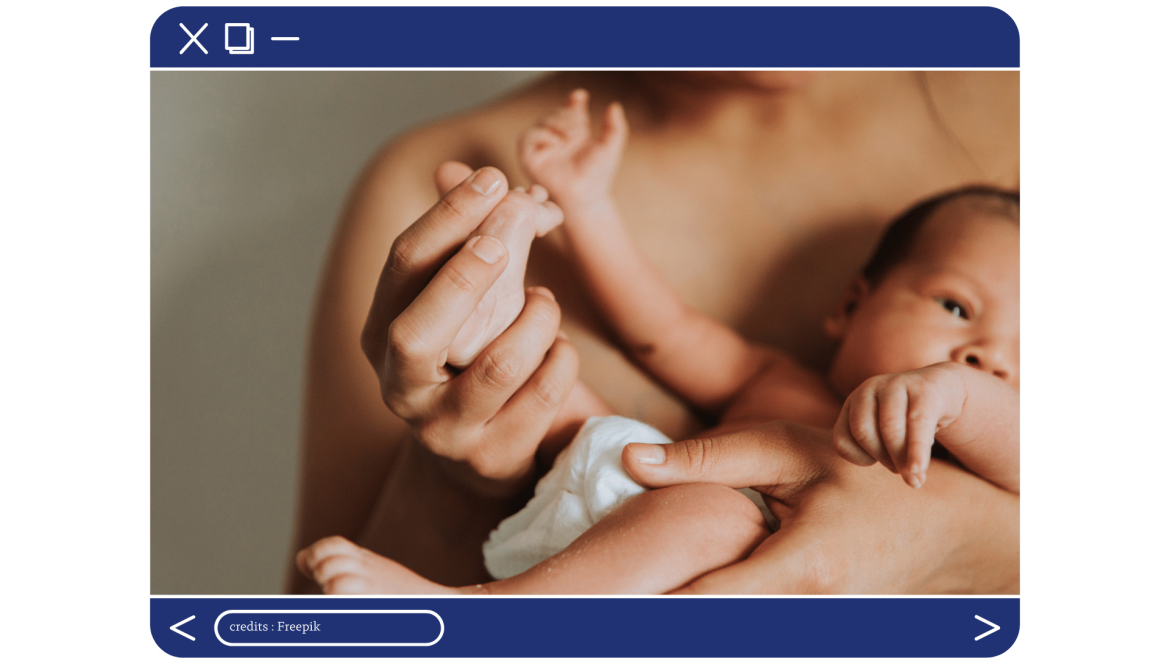Why do perineal reeducation after childbirth?

After perineal rehabilitation, the post-rehabilitation phase is just as crucial.
Maintaining pelvic muscle strength is essential to prevent incontinence and future complications, and to improve women's overall quality of life.
Perineum post-rehabilitation: an essential stage in women's health
Rehabilitation of the perineum is a crucial step for women who have experienced pregnancy, childbirth or health problems affecting this area of the body.
However, once rehabilitation is complete, post-rehabilitation of the perineum is just as important for maintaining long-term health and well-being.
In this article, we will explore why post-rehabilitation of the perineum is essential and the different approaches that can be used.
A quick reminder of what the perineum is:
The perineum is the area between the pubis and the coccyx, and is made up of muscles, ligaments and connective tissue.
It plays a vital role in supporting pelvic organs such as the bladder, uterus and rectum, as well as controlling urinary and faecal continence.
During pregnancy and childbirth, the perineum undergoes significant changes, which can lead to weakness or dysfunction in this area.
Post-perineal rehabilitation: the essential step for women's health.
Rehabilitation of the perineum aims to strengthen the muscles and restore their functionality after events such as childbirth.
However, post-rehabilitation is necessary to maintain the results obtained and prevent other potential problems. Here are some reasons why post-rehabilitation of the perineum is essential:
- Restoring functionality: After rehabilitation, post-rehabilitation helps to keep the perineal muscles strong and supple, helping to prevent problems such as urinary incontinence or pelvic prolapse.
- Preventing future complications: By continuing to exercise and take care of your perineum, you can reduce the risk of long-term complications, such as bladder weakness or pelvic pain.
- Improved sex life: Post-rehabilitation can also contribute to a better sex life by strengthening the pelvic floor muscles, which can improve sensitivity and sexual satisfaction.
Various approaches to post-rehabilitation of the perineum: personalize your recovery.
There are several approaches to post-rehabilitation of the perineum, adapted to each woman's individual needs. Here are some of the methods commonly used:
- Kegel exercises (with or without vaginal cone): Kegel exercises are designed to strengthen the pelvic floor muscles. They consist of contractions and relaxations of the perineal muscles, and can be done regularly at home (PELVIK KIT: suggested product).
- Biofeedback: This technique uses sensors to measure muscle activity in the perineum, providing visual or audio information to help identify and strengthen the perineal muscles accurately.
- Electrostimulation: Electrostimulation uses weak electrical currents to stimulate the muscles of the perineum. This can be done under the supervision of a health professional.
Post-perineal rehabilitation is a crucial stage for women who have undergone perineal rehabilitation following pregnancy, childbirth or specific health problems.
By regularly maintaining the muscles of the perineum, we can maintain the functionality of this area, prevent future complications and improve overall quality of life.
It is advisable to consult a healthcare professional specialising in perineal rehabilitation for personalised advice and appropriate follow-up.
Note: This article is for information purposes only and does not replace professional medical advice. If you have specific questions or concerns about perineal rehabilitation or post-rehabilitation, please consult a qualified healthcare professional.
In Same Category
- La rééducation périnéale après une césarienne : comment bien récupérer ?
- Sport après rééducation périnéale : reprendre en toute sécurité
- Comment savoir si mon périnée est assez fort ?
- Sonde périnéale : mode d’emploi et conseils pratiques
- Périnée trop tonique : comment le reconnaître… et surtout comment le détendre ?
